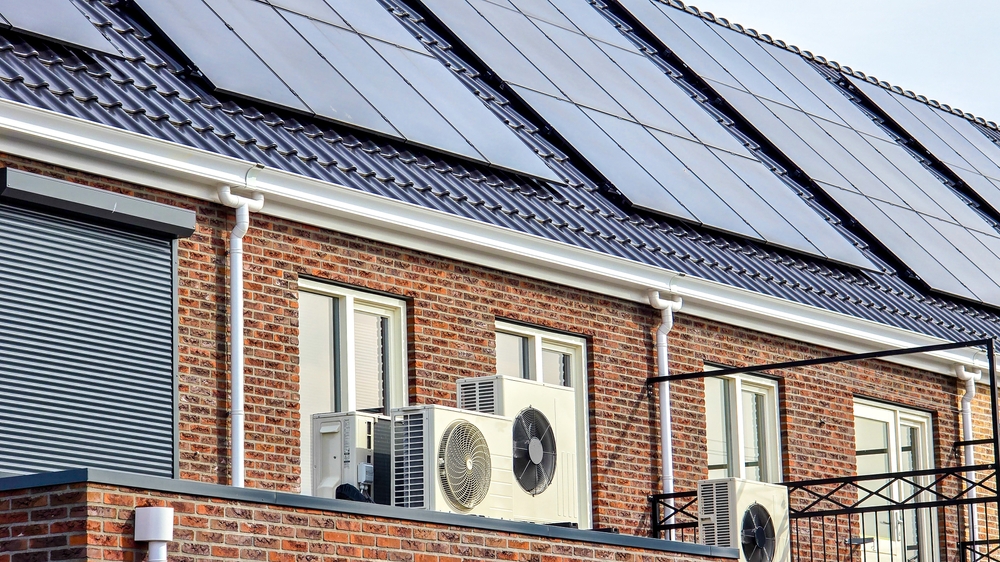Heat Pump adoption in new homes accelerates ahead of Future Homes Standard
The number of heat pumps being used in new build homes is increasing as Part L 2021 continues to take effect and in the lead-up to the Future Homes Standard. A new monthly report published by Ambient has shown that the share of new homes using heat pumps has grown from around 7% in January 2023 to 21% in January 2025.

Why is Heat Pump uptake important?
As the UK targets net-zero emissions by 2050, low-carbon heating solutions, like heat pumps, are becoming essential. The Climate Change Committee (CCC) recommends that 50% of UK homes should be using heat pumps by 2040. To meet that target, the number of installations must rise dramatically – from around 60,000 per year in 2023 to 450,000 annually by 2030. The current growth in new builds using heat pumps suggests an encouraging trend, but work still needs to be done to meet these ambitions.[1]
What does Ambient’s report show?
Ambient is a UK-based not-for-profit organisation dedicated to accelerating the adoption of electrified heating and cooling solutions, with a particular focus on heat pumps. Ambient’s latest data confirms a significant increase in the use of heat pumps in new homes. While the increase from 2023 to 2025 is notable (14%), the past 12 months alone have seen heat pump installations in new builds nearly double.
This growth is closely linked to the increasing number of homes being constructed in line with Part L 2021 of the Building Regulations. Builders are typically choosing between traditional gas boilers supplemented with solar PV or switching to heat pumps to meet the new energy efficiency requirements. For off-grid homes, heat pumps are often the only practical option that meets current standards.
Whilst the number of new homes with heat pumps is increasing the statistics do suggest the vast majority of new homes are still using gas boilers as their heating source.[2]
What does the data suggest?
The data suggests that builders are already shifting their practices in anticipation of the Future Homes Standard, which is expected to end fossil fuel heating systems in new homes with heat pumps likely to be the main source of heating. Current Energy Performance Certificates (EPCs) still rate homes based on running cost, rather than carbon emissions. This means that new homes with heat pumps can receive lower EPC ratings than gas-heated homes, despite their environmental benefits. This underlines the importance of reforming EPC methodology to reflect true sustainability performance.
Elmhurst’s Thoughts
Jason Hewins, New Build Scheme Manager, comments on the report and it’s findings:
“The statistics published by Ambient are very interesting and show a similar pattern to the general transition to Part L 2021 we have recently reported on. It’s clear the move towards heat pumps in new homes is underway driven by Building Regulations changes and the upcoming Future Homes Standard which we expect to see announcements on later this year. However they do also show the challenge ahead as the majority of new homes are still heated by gas boilers. The Future Homes Standards is expected to see the end of gas boilers as the source of heating a new home and it is vital the industry is ready to meet the demand created by this significant change to how new homes are heated.”
